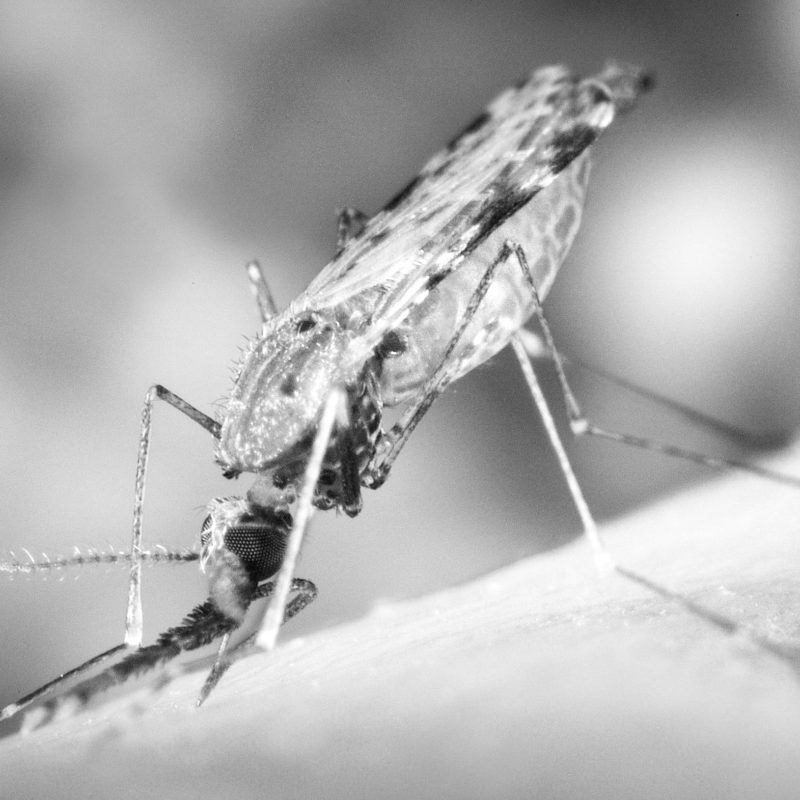I recently visited a fascinating exhibition on ‘Parasites: Battle for Survival’, currently on at the National Museum of Scotland.
The exhibition explores the parasites that cause Malaria (Plasmodium Falciparum), Schistosomiasis (Schistosoma), Leishmaniasis (Leishmania), Sleeping Sickness (Trypanosoma Brucei) and Guinea Worm Disease (Dracunculus Medinensis). The exhibition examines current lab and field research that is seeking to learn more about these diseases, the transmission vectors used by the parasites that cause them, education and behaviour change programmes that aim to reduce the spread of the diseases, drug treatments, and associated technologies. It draws from research conducted by the Universities of Dundee, Glasgow and Edinburgh.
It was interesting to see how Plasmodium is evolving to counter anti-malarial drugs. Research has shown that it can ‘count’ how many of its parasites are killed by each dose of a medicine and then use this information to decide the extent to which it should continue multiplying inside the host as opposed to transmitting to mosquitos. These strategies enable Plasmodium to replicate and spread better, making it harder to kill. Plasmodium can also ‘tell the time’, scheduling multiplication in the blood to coincide with its host’s mealtimes. This temporal awareness helps the parasite to coordinate its transmission with the night biting of mosquitos.
Deception features in several places throughout the exhibition. For example, the exhibition addresses how various parasites can manipulate their vectors, altering their behaviour to increase the chances of successfully invading a host. Once inside a body, the parasite can hide inside a cell to avoid detection by the immune system, enslaving it to support its growth. By deleting just one gene, researchers have found that Plasmodium can be tricked into thinking it is already safely inside a liver cell, leaving it in reality outside of the cell and thus vulnerable to attack by the immune system.
One of the comics produced to help educate communities about Malaria illustrates how, to multiply, Plasmodium adds markers to the surface of an enslaved red blood cell, allowing it to collect nutrients and respond to its surroundings. These markers signal that the cell is infected, and eventually, they are detected by the ever-adapting immune system. To counter this, Plasmodium updates and modifies its markers so that the immune system is left tracking-down parasites with old markers. In contrast, the parasites with the new markers remain unrecognised and therefore untouched by the immune system. So long as the ‘disguises’ keep changing, the immune system is always left one step behind.
Understanding how parasites employ deception to replicate and spread, and also using deception as a strategy to fight these processes are both excellent pro-social applications of deception theory and practice. For a broader discussion of the ethics of deception, and to see additional examples of pro-social deception visit my earlier post, here.
Parasites: Battle for Survival’, is on at the National Museum of Scotland until April 19th 2020. Entrance is free. More information is available here. Note that if you visit the museum, it also has a fantastic permanent exhibition on animal deception that I shall endeavour to review in a future post.


